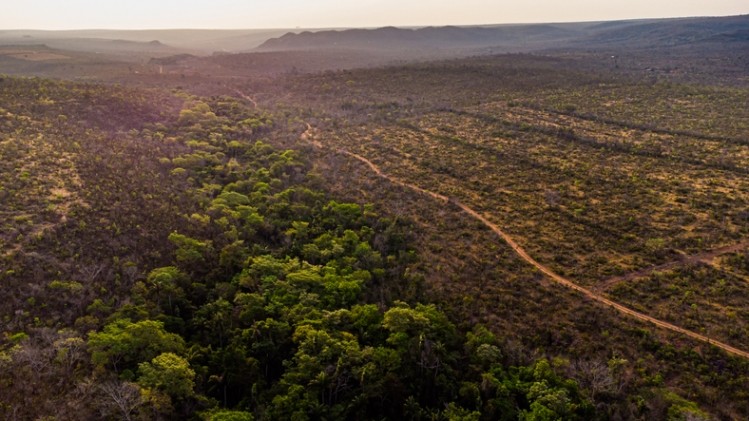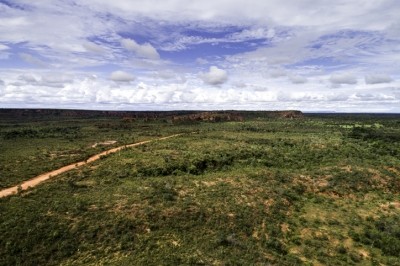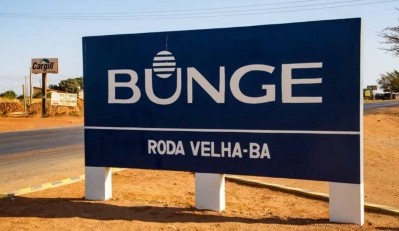Big six soy traders launch financial and traceability models to protect Cerrado

Involved in the process are the six companies that make up the Soft Commodities Forum (SCF) including ADM, Bunge, Cargill, COFCO International, Louis Dreyfus Company and Viterra. The Forum is led by the World Business Council for Sustainable Development (WBCSD).
While SCF members can more easily trace soybeans purchased directly from soy farms, the traders claim that tracing soy acquisitions from indirect sources, which represent roughly 22% of their collective soy purchases, is far more complex.
Developed with the Brazilian Association of Vegetable Oil Industries (ABIOVE), the SCF said the new protocol for indirect suppliers is a sectoral approach to help equip the intermediary soy resellers with adequate traceability systems.
The traders have devised a three-step approach for which engagement with indirect suppliers, in collaboration with ABIOVE, has not yet started; that strategy includes:
- Awareness-raising by ensuring that intermediaries receive an introduction to the objectives and steps of the engagement process.
- Evaluation via an assessment of the indirect supplier’s capacity to set up traceability and monitoring systems.
- Co-development of an action plan through the establishment of a tailored roadmap for traceability and monitoring capacity development, including budgetary implications for implementation.
“The objective will be to reach the highest level of traceability for indirect suppliers.
“The SCF doesn’t establish criteria for commercial relations with indirect suppliers, but our members have their own criteria, often including compliance with the Forest Code and land use rights, no disputes with traditional communities, environmental legislation or labor legislation, for example.
“Some members have sourcing policies that include penalties if a given supplier doesn’t comply with objectives that are in line with the SCF goals, such as Bunge,” a spokesperson for the WBCSD told FeedNavigator.
Bunge announced last month that it had exceeded its non-deforestation targets for monitoring and traceability of soybean crops from its indirect supply chain in the Brazilian Cerrado. It is now able to monitor at least 64% of indirect volumes in the priority regions, surpassing the 50% target set for 2022.
Brazil is the world’s largest exporter of soy, with about 30% of global production, and about half of the production is concentrated in the Cerrado biome in East-Central Brazil, home to 5% of the planet’s animals and plants.
The traders said the joint SCF and ABIOVE initiative is designed to send a strong market signal to producers that SCF members are seeking to do business with suppliers that are in line with SCF objectives, and are capable of tracing their own sourcing to guarantee it is deforestation- and conversion-free. SCF will also engage and support indirect suppliers to become more prepared for the market demand.
Financial incentives
A large proportion of the conversion of native Cerrado vegetation for agricultural use is legal. Consequently, forest loss is continuing.
Recognizing this, the SCF has established a three-year strategy - the Farmer First Clusters Initiative - aimed at preserving priority Cerrado landscapes. The strategy, said the entities involved, proposes financial incentives to encourage farmers to preserve forests, adopt sustainable land use practices and to protect the ecosystem.
The initiative is aimed at addressing deforestation that is linked to soy in four key Cerrado landscapes, namely Western Mato Grosso, Southern Maranhão, Western Bahia, and Tocantins, with the schemes looking to contribute to halting both legal and illegal conversion of the Cerrado, said the spokesperson.
The model comprises green finance, compensation for surplus legal reserve, restoration, expansion over pastureland, integrated farming, and farm extension programs to promote forest code compliance and sustainable practices, as outlined in the SCF June 2022 progress report.
Solutions to tackle legal deforestation including payment for conserving native vegetation beyond the minimum required by law and those to address illegal deforestation include providing technical assistance for compliance with the Forest Code to ensure farmers reach at least the minimum legal requirement in terms of native vegetation cover within private properties.
Already degraded land is especially targeted for soy production via the SCF’s landscape strategy, continued the spokesperson.
There is buy-in from local stakeholders for these proposals, confirmed the spokesperson. “The solutions were devised following a long consultation process with soy producers.”
Between 2014 and 2020, 620,000 hectares (or 1,532,053 acres) were cleared for soy plantations, representing 10.6% of total deforestation in the Cerrado biome within that period, according to an Agrosatélite study based on PRODES data. That data also showed that 64% of total deforestation in the biome happened within the SCF scope – in the 61 focus municipalities – during the same period.
And, by September 2022, the SCF will have identified the initial list of farmers and producers to receive assistance and established partnerships with both technical and funding partners to mobilize and manage the investments.
Soy footprint
The SCF June 2022 report also involves companies’ disclosure of their deforestation- and conversion-free soy footprint - SCF members’ individual performance of verified deforestation- and conversion-free (DCF) soy volumes that they sourced in 2021 within the SCF’s 61 focus municipalities.
And the parties announced that there is now a structured collaboration established between the SCF and the Sectoral Vision for the Gran Chaco (ViSeC), a multi-stakeholder platform that promotes sustainable soy in another at-risk area, the Argentinean Gran Chaco, with a focus on science-based monitoring and land-use change.
Reaction
Glenn Hurowitz, CEO of campaign group, Mighty Earth, was not overly impressed with the goals set and the progress highlighted in the SCF report.
Commenting on the new SCF tracking protocol, he said the companies involved have "made a small step towards understanding where their animal feed comes from, but they're not saying they're going to do anything with that understanding."
He said those traders need to be able to show, categorically, that the soy they sell is not coming from companies linked to deforestation.
"Choosing a few municipalities to focus on when there is deforestation across the entire continent is absurd. With 1.6 billion acres of degraded land across Latin America where crops can be expanded without threatening native ecosystems, it's long past time for the meat industry to stop messing around with obfuscation.”















